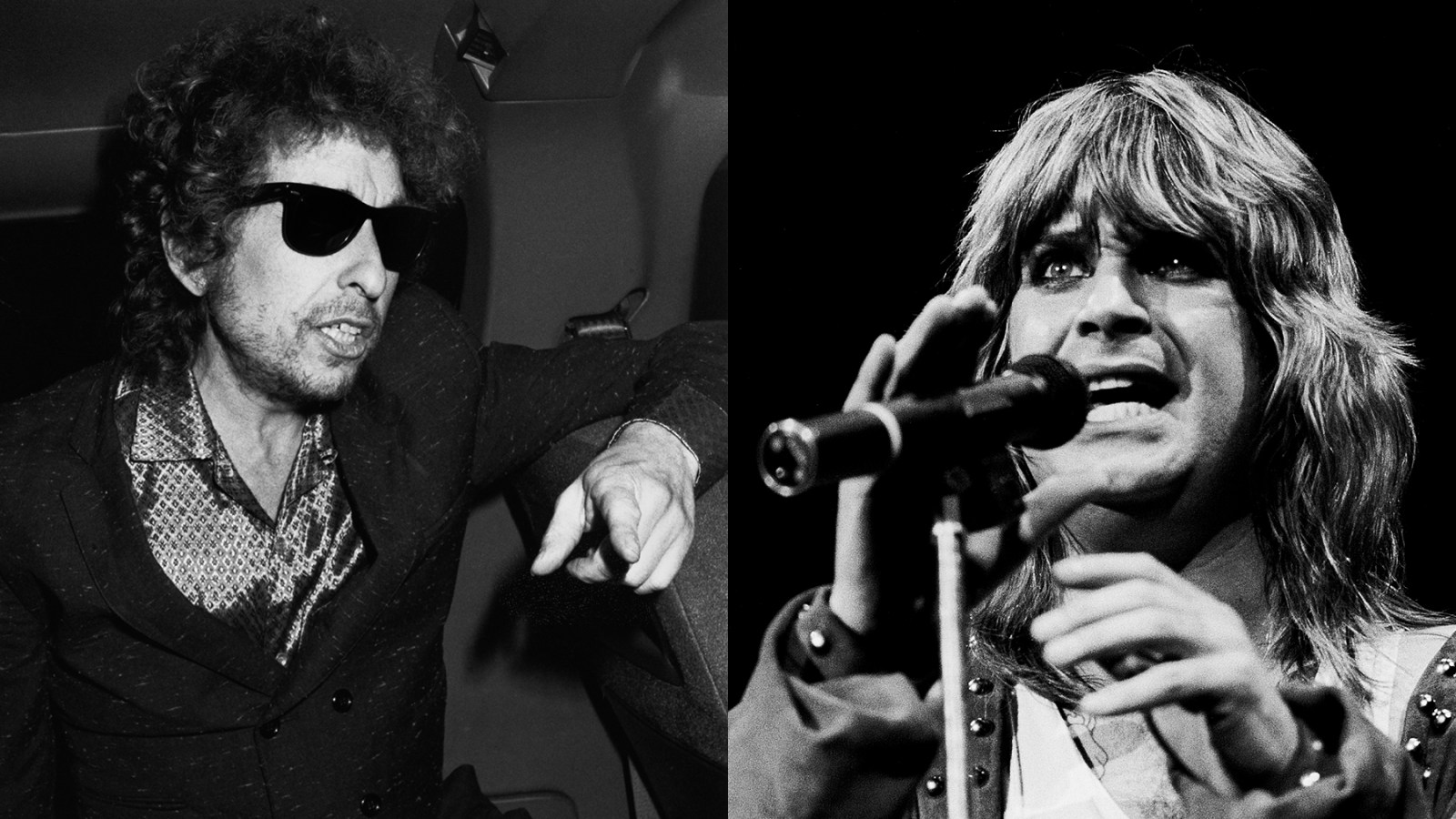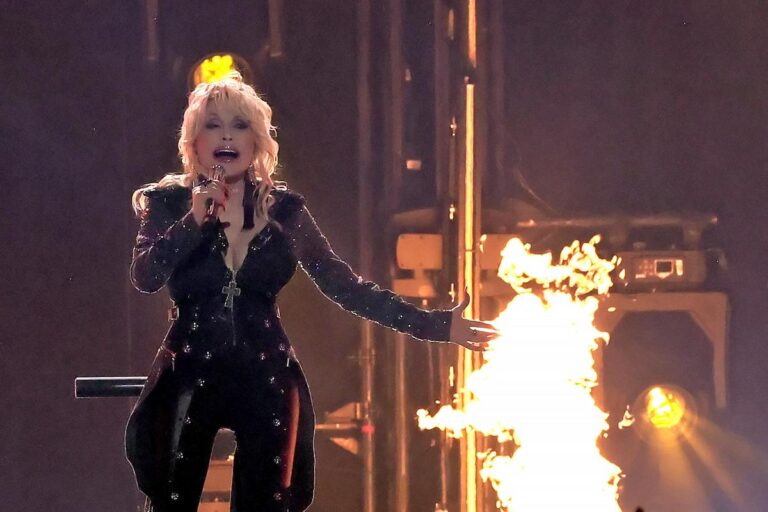They’re the intimate, private moments that fans of classic rockers never get to see. Steven Tyler, hammer and nails in hand, building a dog house for rescued animals. Mick Jagger, Elton John, and Rod Stewart harmonizing at Ozzy Osbourne’s memorial service. Jagger and Tyler cheering up a bed-ridden Phil Collins in a hospital. Bruce Springsteen treating health-care workers to a rendition of “If I Should Fall Behind” while visiting his wife Patti in a facility.
Personal and heartwarming, yes, but also, to put it mildly, completely bogus.
From fake bands to artificially generated songs, AI is increasingly infiltrating the music world. Last month, a mystery band called Velvet Sundown appeared on streaming services, garnering hundreds of thousands of listeners before ultimately admitting the alleged band was, in the words of their creators, “a synthetic music project guided by human creative direction, and composed, voiced, and visualized with the support of artificial intelligence.”
In that context, AI-generated images of rock stars were inevitable, but the photos of music legends that have been increasingly popping up on Facebook and elsewhere are jaw-droppingly outrageous. Collins rescued a missing child at an airport and scolded police for not doing their jobs? Springsteen bought a diner to give out free food to the homeless? Adele and Adam Lambert sang together at Malcolm-Jamal Warner’s memorial service? Tyler and Taylor Swift serenaded Queen Camilla with “Happy Birthday” at a lavish party in her honor? Bob Dylan paid Collins a hospital visit and brought Dick Van Dyke an early 100th birthday cake? Each of these totally fake images has accompanying hyperbolic prose too: When Paul McCartney and Collins supposedly visited Willie Nelson in an Austin hospital, “The room didn’t feel like a hospital anymore — it felt like the heart of music itself, still beating.”
“These types of posts definitely tap into nostalgia, and people want to believe these types of things,” says Justin Grome, founder of Clonefluence, a social-media marketing and consulting agency that specializes in music. “Even if they aren’t real, they’re wholesome. It’s not a case of fake news in the political sense. It’s not really meant to enrage people. It’s meant to comfort, which makes it even harder to combat, because who is going to question something like that that makes them feel good?”
The images are so absurdly simulated that they’re essentially the music equivalent of the enduring “Dogs Playing Poker” poster. And based on comments that accompany many of the image, plenty of people are dismissing them: “More AI-fabricated rubbish.” “Enough of this AI bullshit.” “How gullible are you guys?” In light of Collins recently being hospitalized for knee surgery, his fans were actually jarred and angered by an AI image of McCartney supposedly visiting him under far more dire circumstances. On a Genesis/Collins message board, they raged: “Get a grip, it’s all fake!” and “AI sucks!”
AI-generated images of classic rockers in bizarre situations, like this one depicting Mick Jagger, Steven Tyler, and Phil Collins, are increasingly appearing online.
But the bulk of the images depict older rockers, which only adds to the confusion. Given many of them are in their seventies and eighties, it’s easy to believe they’re falling ill (Eric Clapton serenading Plant in a hospital corridor!) or crying together over hard times (Is that really Dylan and Springsteen hugging and sobbing it out?). An AI image of Aerosmith’s Tyler paying Nelson a bedside visit in a hospital resulted in comments like, “Prayers to Willie and that was nice on Steven going to see him.” (The building-a-doghouse image fooled plenty of fans, too.) A supposed image of Jimmy Page pushing his former bandmate Robert Plant in a wheelchair elicited many skeptical comments (“Last week it was Phil Collins”) and just as many admiring ones (“Praying for you to get better,” “You got this, Robert”).
Spokespeople for some of the major artists depicted — Springsteen, Dylan, Collins, and the late Osbourne — have declined comment or not responded to requests from Rolling Stone. Rock & Roll Universe, among the most prominent of the sites that post the images, did not respond to an email from RS.
For the moment, that strategy on the part of the artists may work, given how seemingly harmless the imaginary images are, but Grome warns that problems could ensue. “The hardest part about the situation is when artists or their teams don’t immediately speak up,” he says. “And if they don’t speak up, it kind of validates the image as maybe even true. Especially in a scenario like these, where there’s enough hope for the public to feel like it’s a little bit true. There’s a very, very blurry line when it gets to celebrating something and seeing something that’s fake.”
In the meantime, enjoy those AI photos of Metallica’s Lars Ulrich helping his bandmate James Hetfield blow out birthday cake candles. Just don’t be surprised if it turns out you’ve been duped.



